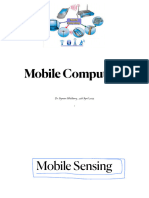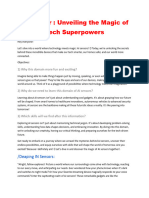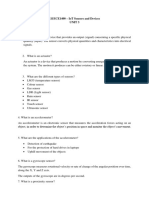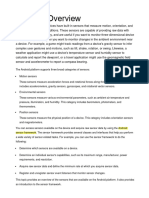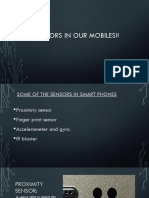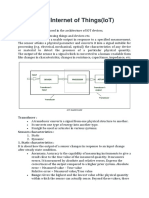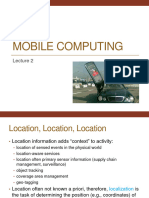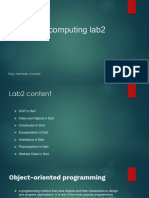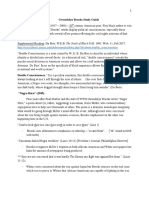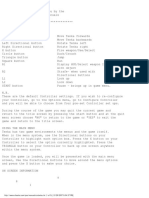0% found this document useful (0 votes)
35 views12 pagesMobile Computing 6
The document discusses various sensors commonly found in mobile devices, including gyroscope, accelerometer, proximity, light, thermometer, pressure, and sound sensors. It describes what each sensor measures and some examples of applications that use each sensor type.
Uploaded by
Mai gamalCopyright
© © All Rights Reserved
We take content rights seriously. If you suspect this is your content, claim it here.
Available Formats
Download as PDF, TXT or read online on Scribd
0% found this document useful (0 votes)
35 views12 pagesMobile Computing 6
The document discusses various sensors commonly found in mobile devices, including gyroscope, accelerometer, proximity, light, thermometer, pressure, and sound sensors. It describes what each sensor measures and some examples of applications that use each sensor type.
Uploaded by
Mai gamalCopyright
© © All Rights Reserved
We take content rights seriously. If you suspect this is your content, claim it here.
Available Formats
Download as PDF, TXT or read online on Scribd
/ 12

